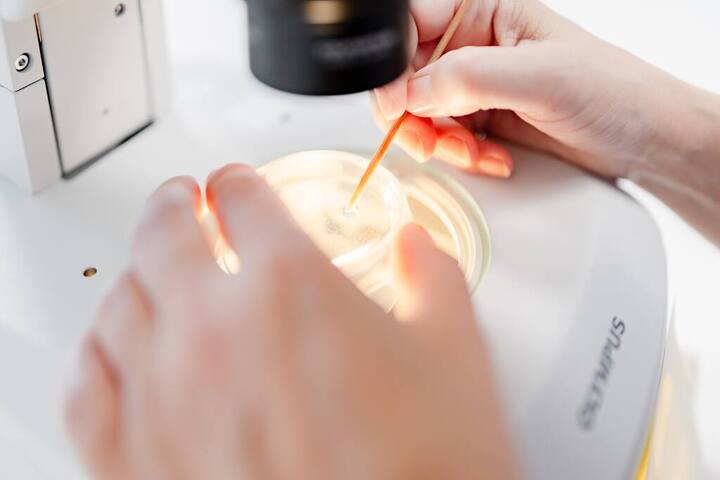
Why Listeria Control Isn't a Nice-To-Have
Lessons from the recent cheese outbreak in France
What happened and when
In the week of 12–14 August 2025, French authorities recalled dozens of soft cheeses (including camembert, brie, and goat’s cheese) following a listeriosis outbreak that involved at least 21 cases and two fatalities. The products – sold under various brand names at major retailers – were distributed both in France and internationally up to 9 August. Shortly afterwards, warnings followed in countries such as Spain and Luxembourg, and Belgium also reported a first linked case.
Why Listeria is so insidious
It grows in the fridge: Listeria monocytogenes, unlike many other pathogens, can multiply at refrigeration temperatures (≤4 °C). This makes ready-to-eat (RTE) products with a long shelf life – such as soft cheeses – a high-risk category.
Long incubation period: Symptoms can appear up to 8 weeks after consumption. As a result, outbreaks are often detected late.
Severe illness among vulnerable groups: Pregnant individuals, older people, and those with weakened immune systems are at greatest risk of sepsis, meningitis, and death. In 2023, the EU recorded the highest annual number of listeriosis cases to date (2,993 with 340 deaths).
Want to know more about Listeria? Join the course with Wageningen Academy
Lessons for food producers and retailers
For producers, effective Listeria control starts with product and process design. By setting parameters such as pH, water activity, and salt content to levels that prevent Listeria growth, the foundation for food safety is established. This also includes limiting shelf life and ensuring a strict cold chain throughout logistics. Recipes and packaging formats – for example, those with modified atmosphere – must be validated using challenge tests or predictive microbiology, making it clear that the pathogen cannot proliferate during the product’s shelf life.

Environmental monitoring is the frontline defence against contamination. Listeria often settles in damp locations such as drains, floor cracks and cold storage areas. An area zoning plan, with clearly separated hygiene zones, helps contain contamination. Swabs should be taken both before production (pre-operatively) and during production. Positive findings should never be dismissed as incidents, but must trigger thorough root cause analysis, intensive cleaning and re-testing, followed by trend analysis to prevent recurrence.
Furthermore, the cleaning and disinfection programme must be practical and robust. Alternate between different types of cleaning and disinfecting agents, such as oxidative products and quaternary ammonium compounds, to break down biofilm formation. Whenever possible, dry cleaning is preferred. If wet cleaning is unavoidable, work from clean to dirty areas and ensure the installation is left completely dry. For maintenance activities where equipment is opened, specific procedures are needed, including start-up checks.
For products like soft cheeses, which often undergo handling after pasteurisation, it is crucial to minimise post-process contamination. This requires a clear physical separation of zones with raw products, controlled airflow, and strict one-way movement of personnel and materials. Packaging lines act as critical control points within the HACCP plan and must be treated with the same care as high-care/risk zones.
Finally, a robust traceability system is essential. Producers must be able to identify and recall batches within minutes. Regular recall exercises (for example, every quarter) keep the system sharp. Clear, multilingual communication to consumers and close cooperation with national recall portals such as RappelConso in France or AESAN in Spain ensure that an actual recall can proceed quickly and effectively.
Conclusion
The French cheese outbreak demonstrates how swiftly Listeria can travel through the entire supply chain, with severe consequences. Those who take environmental monitoring, product design, hygienic engineering, and rapid recall seriously dramatically reduce the risk and comply with EU criteria. The time to test your Listeria programme (and upscale where necessary) is now.
Whitepaper Listeria
Discover the 9 control measures for Listeria monocytogenes
In the food sector, controlling Listeria monocytogenes in ready-to-eat foods remains an important issue. In addition to HACCP analysis and the necessary hygiene measures to control (re)contamination, the focus is on studies into potential contamination and the possibility of growth under worst-case conditions. Discover the control measures you can take in nine steps and read our white paper on Listeria monocytogenes.
